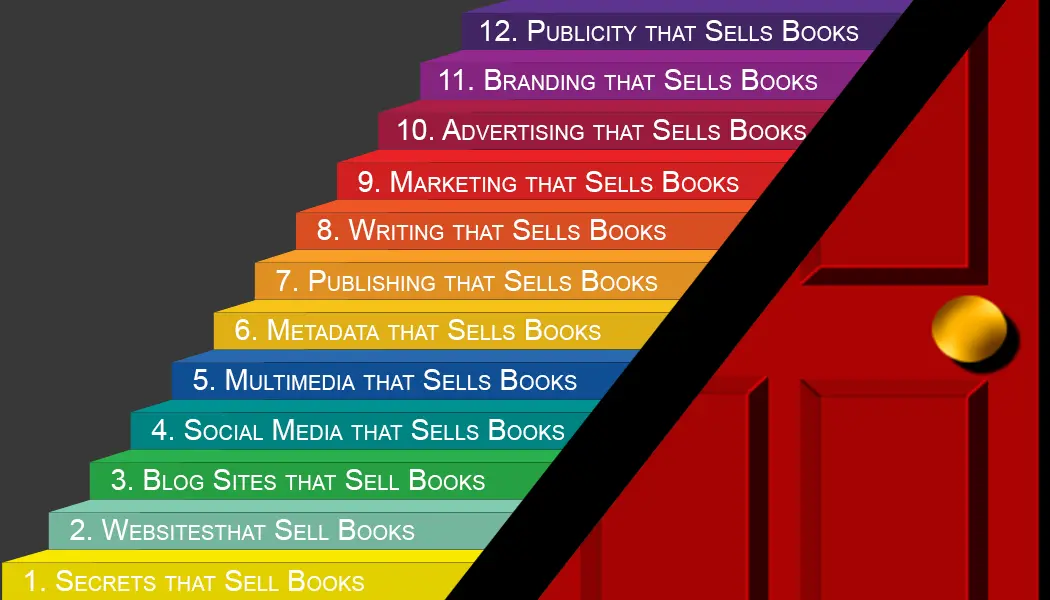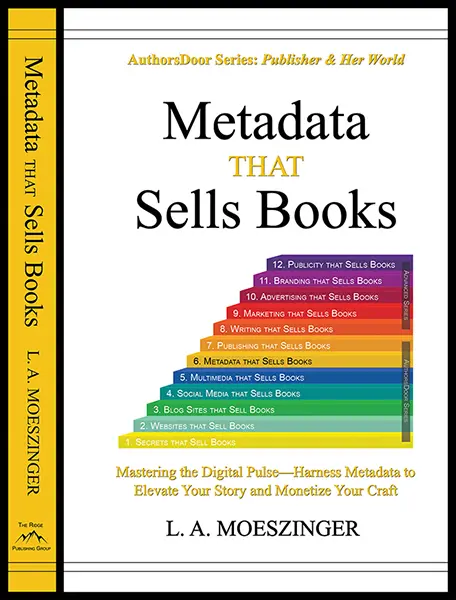Crafting Gateways to Literary Worlds
In the vast ocean of literature, a book’s title and cover serve as the foremost ambassadors of its content. These elements are not merely aesthetic choices but strategic tools that can significantly influence a reader’s decision to pick up a book—or scroll past it. Understanding the art and psychology behind book titles and covers is crucial for authors and publishers aiming to captivate and connect with their target audience.
The Power of a Book Title
A book title is much more than a label. It is the first introduction to the narrative’s soul, setting the tone and expectation for what is to come. A great title should be memorable, evocative, and reflective of the book’s content, capturing the essence of the story or the main argument while also intriguing potential readers.
- Clarity and Appeal:A title must strike a delicate balance between clarity and intrigue. It should be straightforward enough to convey the book’s theme or genre, yet mysterious or provocative enough to draw readers in. For instance, a mystery novel might benefit from a title that suggests intrigue and suspense, while a self-help book often gains traction through titles that clearly state the problem it aims to solve.
- Emotional Connection:Effective titles often evoke an emotional response. Whether it’s curiosity, excitement, or nostalgia, the emotional pull can play a pivotal role in transforming a casual browser into a reader.
- Marketability:In today’s digital age, a title must also be optimized for search engines and marketability. This means considering keywords that potential readers might use in their online searches, a factor that can enhance visibility and sales.
The Strategic Design of Book Covers
While a title might draw a reader’s eye, it is the cover that often convinces them to take a closer look. Book covers are complex visual sales pitches; they need to resonate with the potential reader through imagery, typography, and color palette.
- Genre Conventions:Each literary genre carries specific visual expectations. Romance novels often feature intimate imagery, while science fiction covers lean towards bold, imaginative illustrations. Sticking to genre conventions can help the book attract its target audience, but breaking these conventions creatively can set a book apart from its peers.
- Visual Hierarchy:The best book covers create a visual hierarchy that guides the viewer’s eye across the cover. The title, author’s name, and imagery must be arranged in a manner that is both aesthetically pleasing and functional, ensuring that the main message is communicated effectively and immediately.
- Emotional and Psychological Impact:Colors and images are not chosen randomly. Each element on the cover is designed to evoke specific emotions and create expectations in the mind of the viewer. For example, dark colors might be used to suggest mystery or horror, while a bright, minimalist cover could convey modernity and freshness.
The Collaboration Behind the Scenes
The creation of book titles and covers is typically a collaborative effort involving authors, designers, and marketing teams. This collaboration ensures that both the title and the cover are not only artistically aligned but also strategically poised to attract the right audience, convey the correct message, and maximize the book’s market potential.
Conclusion: Book Titles and Covers
In conclusion, book titles and covers are foundational to a book’s success. They serve as the critical touchpoints for engaging potential readers, blending creative expression with marketing acumen. For authors and publishers, investing time and thought into these elements is not just about aesthetics but about crafting an inviting gateway into the literary world they have created. As the book industry continues to evolve, the interplay of title and cover design will remain key in distinguishing a book in a crowded marketplace.
______________________________________
Related Entries:
Facebook Marketing Campaigns: Unlocking Digital Success
Related Topics:
Visit our website at www.AuthorsDoor.com and our blog site at www.AuthorsRedDoor.com as you continue your author-publisher journey.


